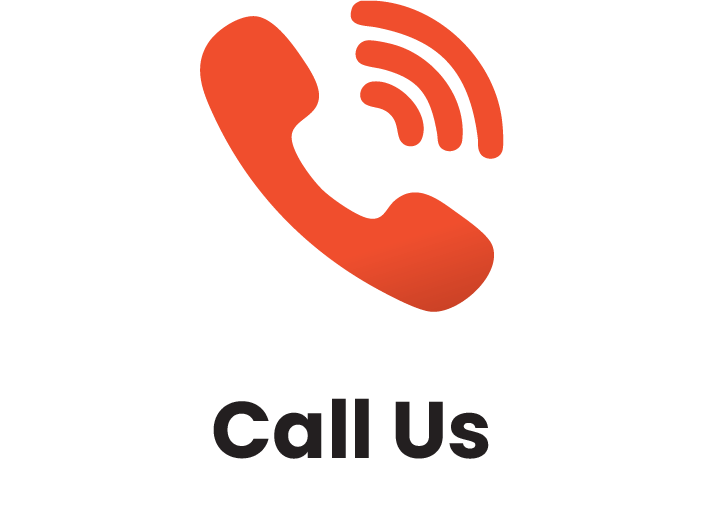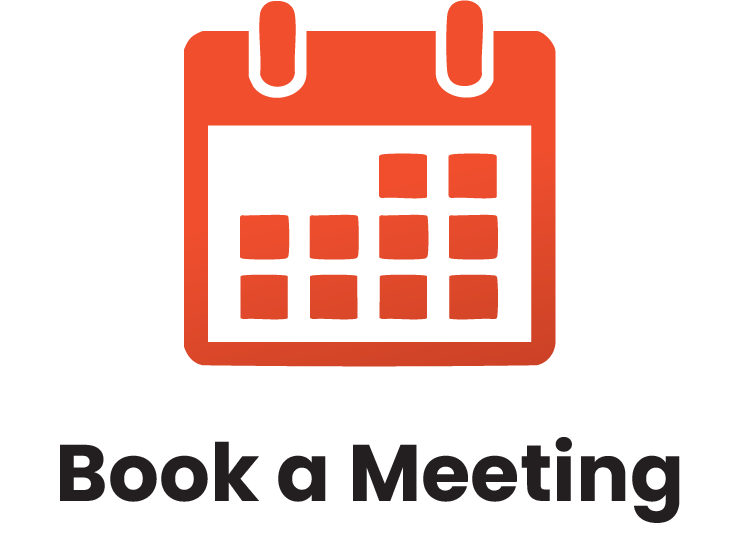Interactive training sessions led by experienced facilitators.
What is In-Person, Instructor-Led Training?
Our in-person training is delivered by a live facilitator who works directly with your team at your location. It’s our most popular format because it allows for real-time interaction, hands-on learning, and direct support.
Every session is tailored to your team’s specific goals, industry, and challenges—no generic, one-size-fits-all programs. Whether it’s a single session or a full training series, we design the experience to be relevant, practical, and fully aligned with your needs.
What is Live Webinar Training?
Live webinars are facilitator-led training sessions delivered online in real time. They’re ideal for teams working in different locations or with busy schedules.
This format offers shorter, more frequent sessions that are easy to coordinate—making it a convenient option for organizations with remote or distributed teams.
What is Virtual Classroom Training?
Virtual Classroom training is live, instructor-led training delivered online. It offers the same interactive experience as in-person sessions, with real-time discussions, group activities, and instructor feedback.
It’s a flexible option for organizations that want to reduce travel, save costs, or better fit training into busy schedules.
What is a Lunch & Learn Session?
Lunch & Learn sessions are short, facilitator-led training sessions delivered in person or online—typically during the lunch hour. They focus on specific topics or skills and offer a quick, engaging way to learn without a full-day commitment.
These sessions can be offered as one-time events or as part of a series, making them a great option for ongoing, bite-sized learning.
Online Learning
Enjoy our self-paced option and learn from anywhere!
$279.00 USD
Developing Your Training Program
Training is an essential element of development in any organization. Being knowledgeable and continuing to learn throughout your career can make you a very valuable asset. We also know that training and orientation (or ‘onboarding’) for newly hired employees is a key factor in retention.
This two-day workshop is designed for a trainer who wants to develop training programs that are meaningful, practical, and will benefit both trainees and the organizations they work for.
LEARNING OBJECTIVES
Learning Objectives
This two-day workshop will teach participants how to:
- Describe the essential elements of a training program
- Apply different methodologies to program design
- Demonstrate skills in preparation, research, and delivery of strong content
- Use an instructional model
- Create a training program proposal


COURSE OUTLINE
Program Design
This session will explore some things that need to be considered before committing to developing a training program. We will also look at some situations where training is not appropriate and some alternatives to training.
Identifying Needs
Participants will look at how to determine what training is really necessary using the ICE method: Isolate, Consult, and Evaluate.
The Training Model
Next, we will explore a seven-step instructional systems design model. We will focus on adult learning and some basic principles that apply to developing training.
The Program’s Basic Outline
Next, participants will learn how to create the basic outline for the program by writing objectives for knowledge, skills, and abilities (KSA’s).
Evaluation Strategies
Of course, it’s hard to know what you want to teach without knowing how you’ll know you’ve taught it! This session will look at evaluation methods and how they tie into learning objectives.
Defining Your Approach
This session will look at a basic method that participants can use to design their program. We will also explore some specific learning tools, including demonstrations, case studies, guided teaching, study groups, role plays, games and simulations, and e-learning.
Researching and Developing Content
Now that we have a framework for the design of the program, participants will learn where to find the content. We will also talk about fads and copyright issues.
Pre-Assignments in Training
This session will explore the value of pre-assignments through a pre-assignment.
Choosing Openings and Energizers
We will talk about how to start off your training, different types of games, and some ways to make sure your game doesn’t fall flat.
Training Instruments, Assessments, and Tools
Pre-designed testing tools can help with many training topics. This session will discuss how to make the most of these tools.
Creating Supporting Materials
Most trainers prepare notes for themselves to use as they are teaching their program. This session will look at some other materials that can enhance your training program, including student guides, handouts, and electronic slides.
Testing the Program
Participants will discuss ways to test their training program before they deliver it.
Creating Proposals
Participants will learn how to organize and write a training proposal, and then they will apply the knowledge to a case study.
Building Rapport
We will discuss some ways to ensure that your proposal gets approved.
Pulling it all Together
To conclude the course, participants will work together to create individual action plans.


















